Introduction to the Owl bird
Owls are among the most fascinating and mysterious birds on Earth. With their silent flight, haunting calls, and forward-facing eyes, owls have long captivated humans and featured in folklore, mythology, and pop culture. In this article, we’ll explore everything you need to know about owls — from their physical characteristics and behavior to the different types of owls and their role in nature.
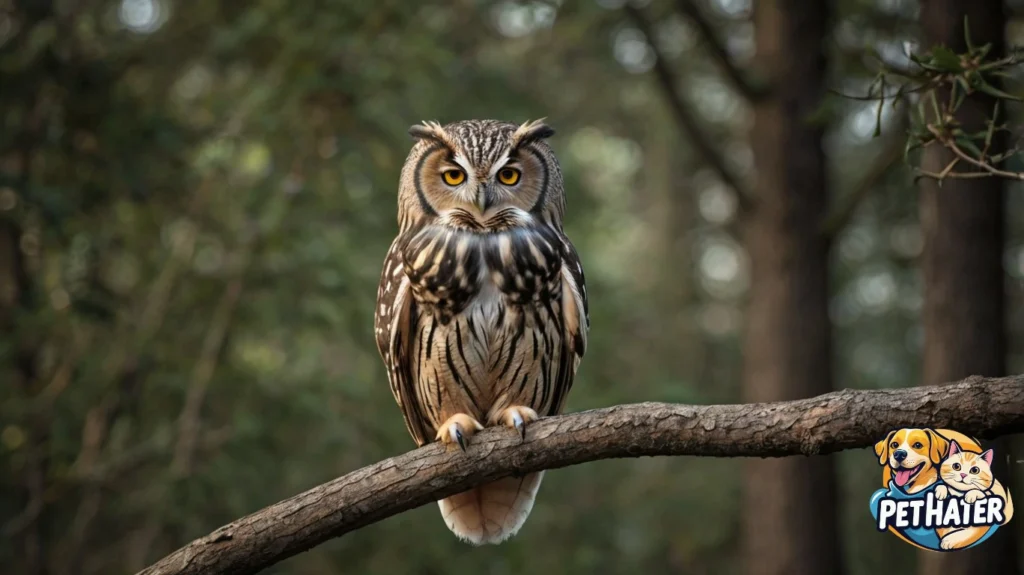
What is an Owl?
An owl is a type of bird of prey known for being primarily nocturnal, which means it is active during the night. Owls belong to the order Strigiformes, which includes over 200 different species divided mainly into two families:
- Strigidae (typical owls)
- Tytonidae (barn owls)
These birds are found almost everywhere in the world, from dense forests and deserts to arctic tundras and tropical jungles.
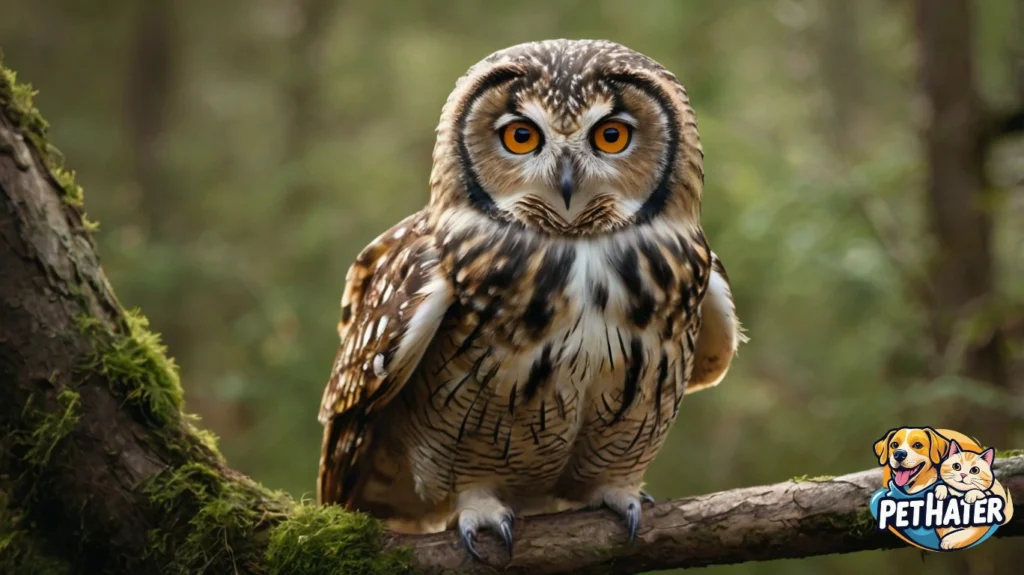
Physical Characteristics of Owls
Owls are easily recognizable due to several unique features that distinguish them from other birds:
1. Large, Forward-Facing Eyes
Unlike most birds, owls have large eyes located on the front of their heads, giving them binocular vision. This helps them judge distances accurately while hunting. However, their eyes are fixed in their sockets, which means owls must turn their entire heads to look around.
2. Exceptional Neck Rotation
Owls can rotate their heads about 270 degrees in either direction. This flexibility compensates for their fixed eye sockets and allows them to scan their surroundings without moving their bodies.
3. Silent Flight
One of the most fascinating facts about owls is their ability to fly silently. Their feathers are specially adapted with soft edges that muffle the sound of air passing over their wings, allowing them to sneak up on their prey undetected.
4. Facial Discs
Many owls have round or heart-shaped facial discs that help funnel sound to their ears. These discs enhance their hearing, allowing them to detect even the slightest movements made by prey.

Behavior and Hunting Habits
Owls are carnivorous birds of prey, feeding primarily on small mammals like mice, rats, and rabbits, as well as birds, insects, reptiles, and even fish in some cases. They are known for their keen eyesight and acute hearing, which help them hunt in low-light conditions.
Owls typically swallow their prey whole and later regurgitate indigestible parts like bones and fur in the form of “owl pellets.” These pellets provide valuable insights for scientists studying owl diets and ecosystems.
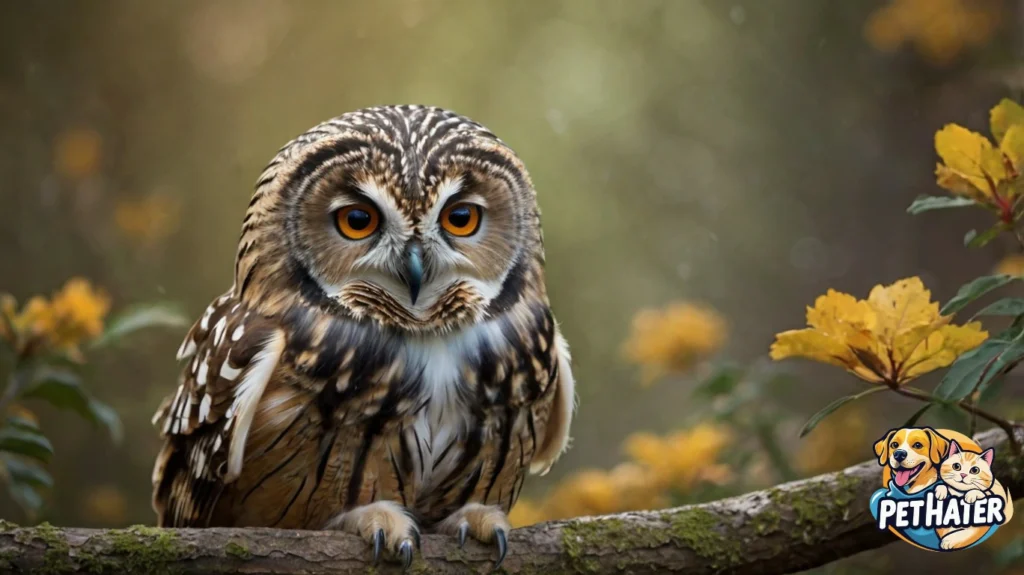
Types of Owls
There are over 200 owl species across the globe, and each has adapted to thrive in its unique environment. Here are some of the most well-known types of owls:
1. Barn Owl (Tyto alba)
Recognizable by its white, heart-shaped face and golden-brown feathers, the barn owl is one of the most widespread owl species. It’s known for nesting in barns and abandoned buildings.
2. Great Horned Owl (Bubo virginianus)
One of the most powerful and aggressive owls, the great horned owl has tufts of feathers that resemble horns. It can be found throughout the Americas and is known to hunt animals as large as skunks.
3. Snowy Owl (Bubo scandiacus)
Made famous by the Harry Potter series, the snowy owl is native to the Arctic and is one of the few owls active during the daytime. Its white plumage provides camouflage in snowy environments.
4. Eastern Screech Owl (Megascops asio)
This small owl has excellent camouflage and can often be mistaken for tree bark. Despite its name, it doesn’t actually screech — its call sounds more like a soft trill or whinny.
5. Elf Owl (Micrathene whitneyi)
The elf owl is the smallest owl in the world, measuring just 5 to 6 inches in length. It inhabits the southwestern United States and parts of Mexico.
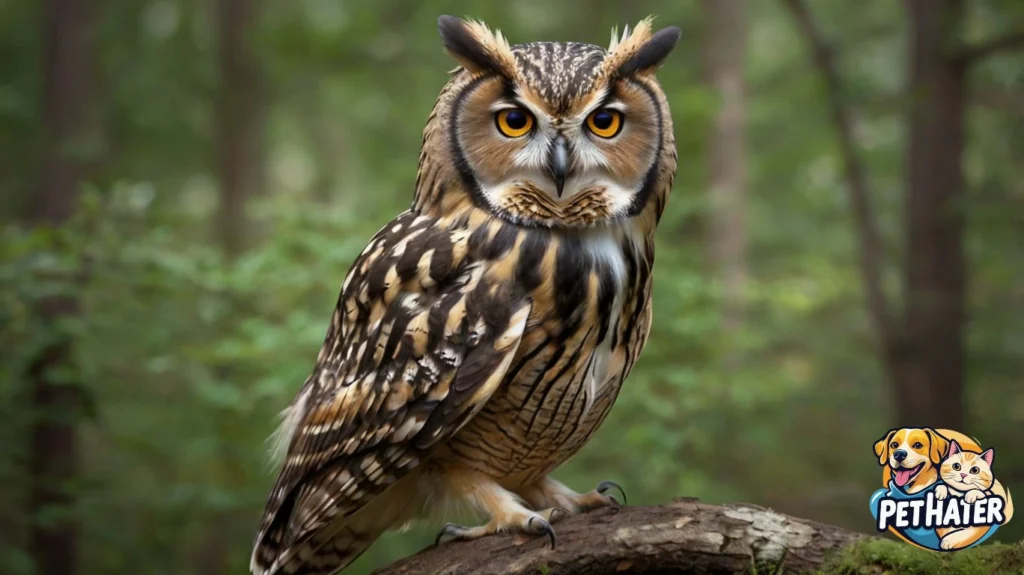
Owl Symbolism and Cultural Significance
Owls have been revered and feared in different cultures throughout history. In Ancient Greece, the owl was a symbol of wisdom and was associated with Athena, the goddess of wisdom. In some Native American traditions, owls are seen as messengers or omens.
In contrast, in some parts of Africa and Asia, owls are considered harbingers of death or misfortune. The mysterious nature and nocturnal habits of owls have contributed to these contrasting perceptions.
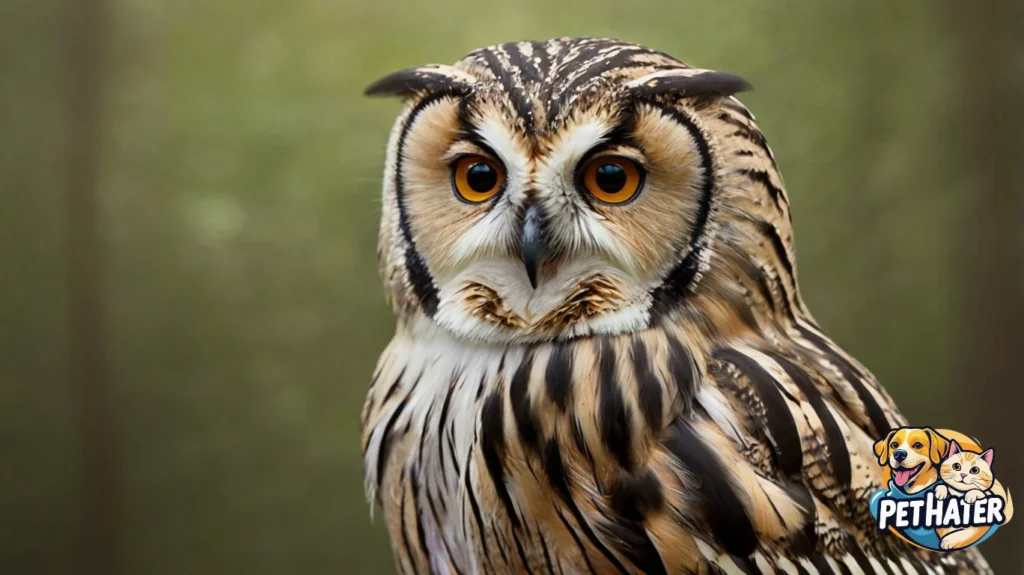
Owl Conservation Status
While many owl species are thriving, several are endangered or threatened due to habitat loss, deforestation, and human activities. For instance, the Spotted Owl in North America faces declining numbers because of logging in old-growth forests.
Organizations around the world are working to protect owls through habitat preservation, research, and public education. Birdwatchers and wildlife enthusiasts are also encouraged to avoid disturbing owls during nesting and to support conservation efforts.

Interesting Owl Facts
To wrap up, here are some fascinating facts about owls that you might not know:
- Owls are zygodactyl, meaning they have two toes pointing forward and two backward. This helps them grasp prey securely.
- They can detect prey under snow or foliage using only their sense of hearing.
- Owls don’t build their own nests — many use abandoned nests of other birds, tree cavities, or even man-made structures.
- Some owls are diurnal, meaning they are active during the day. This includes species like the burrowing owl and snowy owl.
- The oldest known owl fossils date back over 60 million years.
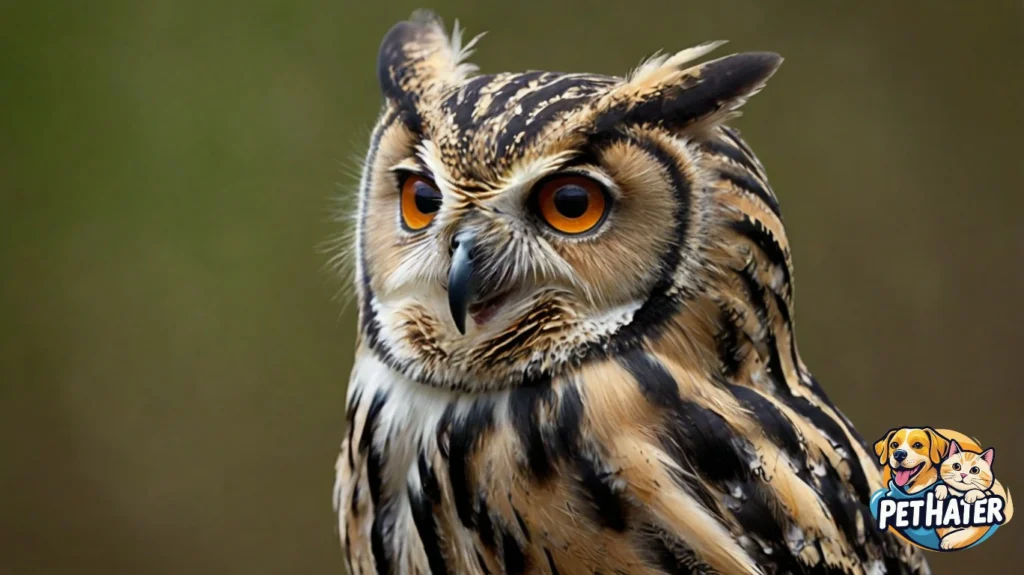
Conclusion
Owls are truly one of nature’s most extraordinary birds. From their incredible adaptations for nocturnal hunting to their mysterious presence in human culture, owls continue to intrigue and inspire. Whether you’re a birdwatcher, a nature lover, or simply curious about the animal kingdom, understanding owls offers a glimpse into the complexity and beauty of the natural world.
As we learn more about these magnificent birds, it’s crucial to protect their habitats and ensure that future generations can also hear the hoot of an owl in the wild night air.
